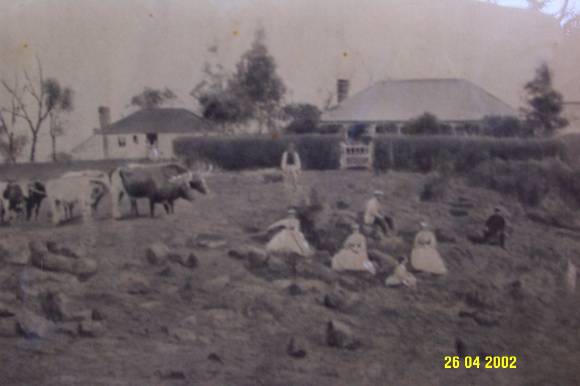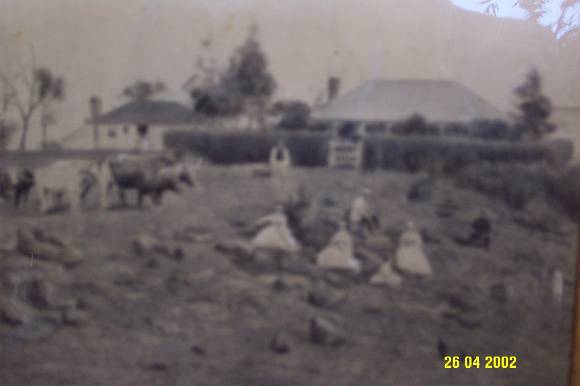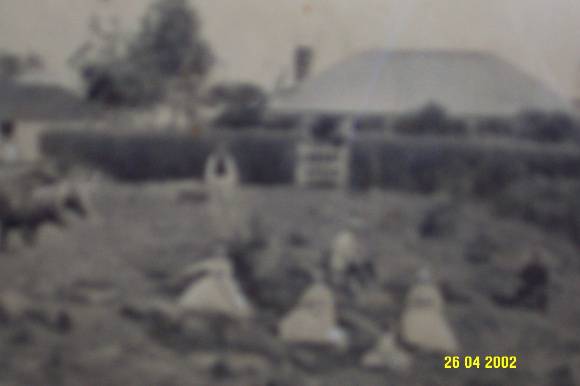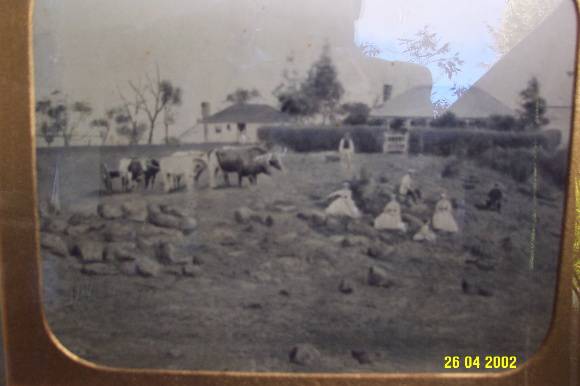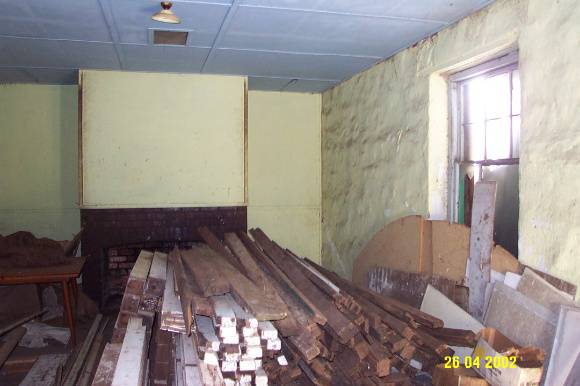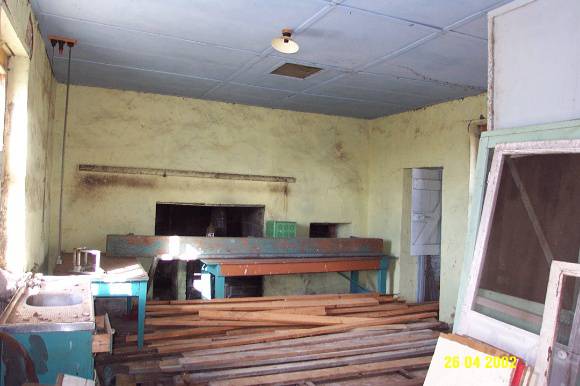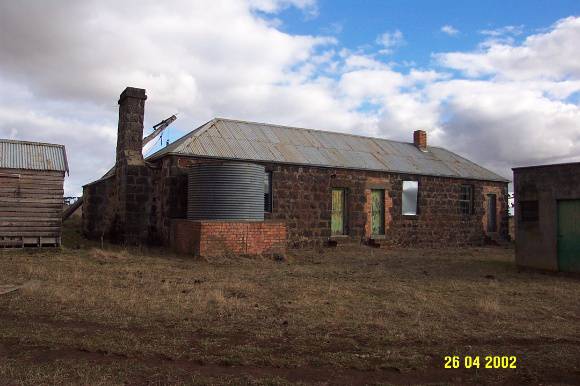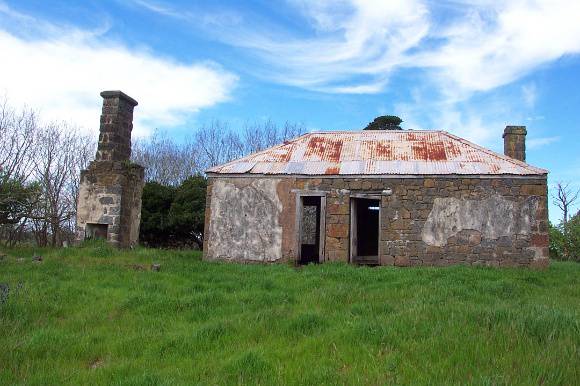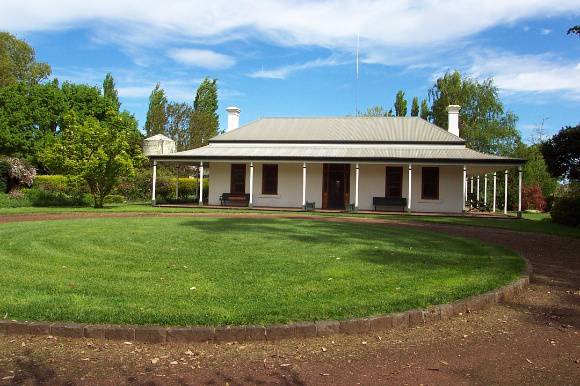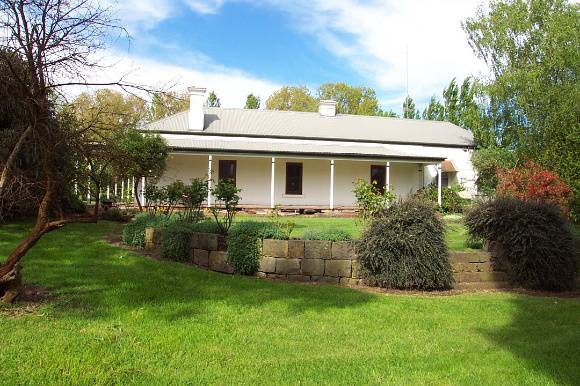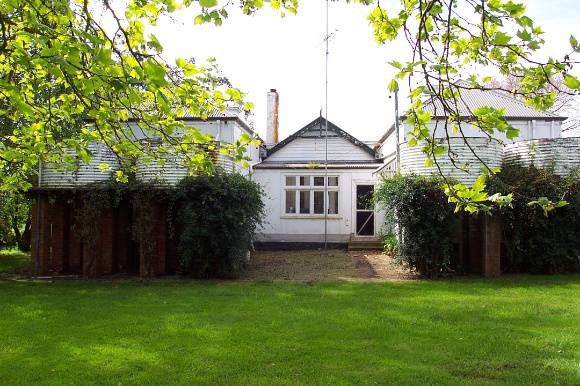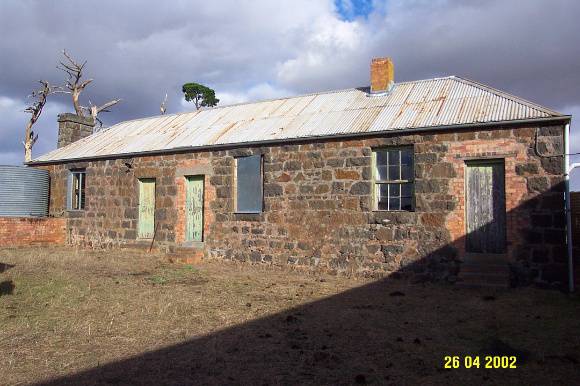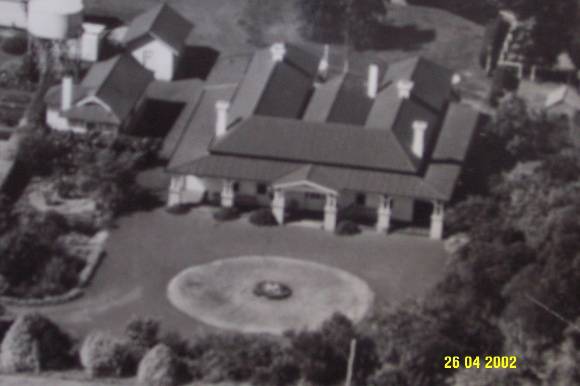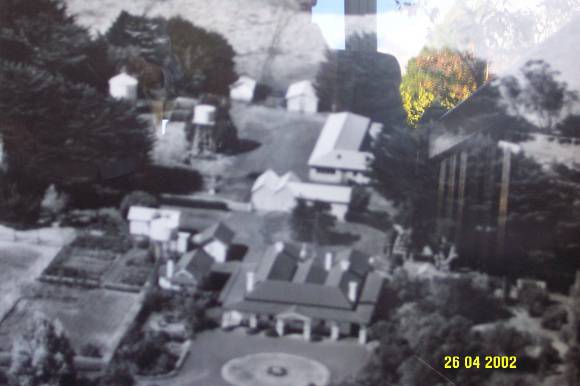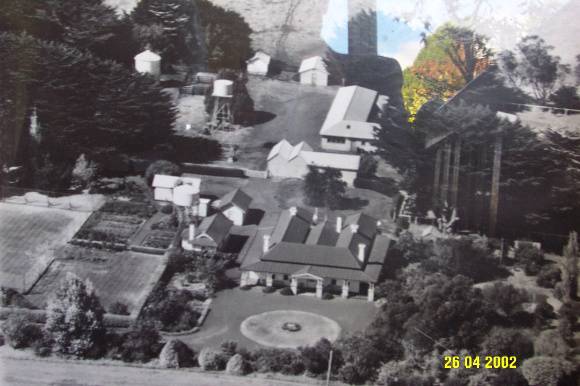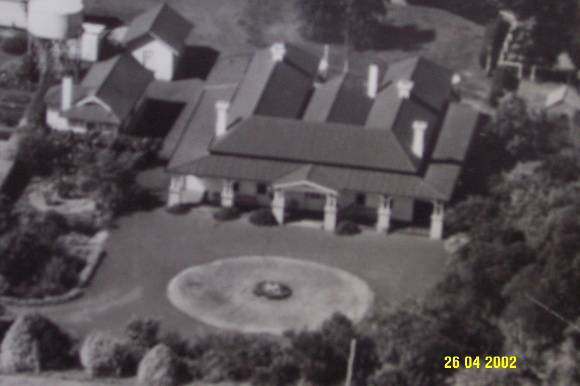| Back to search results » | Back to search page » |
|
CHEVIOT HILLS HOMESTEAD COMPLEX
Statement of Significance
What is significant?
Cheviot Hills was established by David Hutton in the mid-1850s after the closure of the Mount Rouse Aboriginal Protectorate and the settlement of Penshurst. The Hutton family, which still owns Cheviot Hills, were important pastoralists as well as having influential mercantile interests at Port Fairy and through its direct links to the hinterland. Cheviot Hills superseded the earlier Purdeet squatting run and is unusual because it does not stem from a pre-emptive right. The first homestead was built in the centre of the property on a slight rise facing Mount Rouse. This was soon amplified by the construction of a new house, itself later extended. The woolshed (since replaced), men's quarters and other working buildings were built towards the rear. This dwelling was abandoned and is now largely ruinous. Another separate homestead, called Eden, was established on the northern boundary of the property and closer to the town. The architect may have been John Mason of Port Fairy, the father-in-law of Thomas Hutton, its first occupant. This house, its garden and various outbuildings survive as the principal residence although much altered and extended. The houses were both surrounded by compartmentalised gardens and a cultivated park which maximised the landscape's Picturesque potential. These could have been associated with Edward La Trobe Bateman who was responsible for the neighbouring Kolor and The Gums nearby, a property once associated with the Hutton family. The houses were occupied by John Alexander and Thomas Hutton the sons of David Hutton, after his death in 1875, an unusual example of two households on the one property. Both these generations were important members of the community, as have their descendents been.
How is it significant?
Cheviot Hills homestead is of historical and architectural significance to the community of Penshurst and to the Southern Grampians Shire.
Why is it significant?
Cheviot Hills Homestead Complex is of historical significance for its continuous occupation by an important family, the Huttons, since its beginning in the early 1850s. The Huttons were not only successful pastoralists, but had mercantile and other connections with Port Fairy and were community leaders. It is a rare example of two households, occupied by brothers, on one site. The establishment of Cheviot Hills is directly associated with the closure of the Mount Rouse Aboriginal Protectorate.
Cheviot Hills is of architectural significance for the sequence of development demonstrated by individual buildings, including both the homesteads, by other works and by the complex generally, for its diversity and for its siting. It is possible that the homesteads were designed by the Port Fairy architect, John Mason, father-in-law of Thomas Hutton. The designed landscape is of particular interest as a sophisticated example of the Picturesque aesthetic.
Group
Farming and Grazing
Category
Homestead Complex


